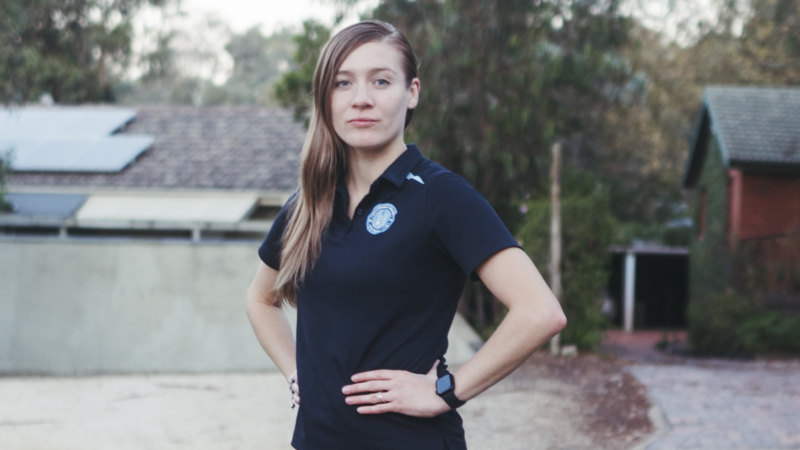The median portion of household income spent on rent was now 32.2 per cent; for low-income earners, it was 54.3 per cent. If a low-income household spends more than 30 per cent of its gross income on housing, it is considered under housing stress.
Loading
Rising rents are linked to homelessness, and Owen said low-income earners were most at risk.
“The private rental market is the next step down from ownership and beyond that in the context of dwindling social, affordable and public housing supply, it does cascade into an issue of insecure housing and homelessness,” she said. “When rent values are rising, high-income earners can move to the next affordable market, but lower-income households have nowhere to go.
“We’ve seen increasing reliance on homelessness services every year since 2012.”
Borrowers faced pressures due to high interest rates, but had greater ability to respond and were less likely to become homeless.
For first home buyers, rising house prices meant deposits needed to be bigger, and higher interest rates meant they were less able to borrow the massive sums needed to buy, Owen said.
Rathouski had to go to great lengths to scrape the cash together to buy her home.
“Straight after school, I went into full-time work, I was landscaping. And I would do overnight sleepovers at residential aged care,” she said. “I’d stay there and care for the clients and I would leave in the morning to do landscaping. So I worked a lot.”
She was lucky enough to win the ACT Suburban Land Authority’s affordable housing ballot and made use of a 5 per cent deposit scheme.
Loading
The Give Me Shelter report, a cost-benefit analysis by SGS Economics and Planning for Housing All Australians, released on Wednesday, found that investing in helping young homeless people by providing accommodation and wraparound services would provide an economic benefit to Australia.
“In dollar terms, the benefits would be 2.6 times the resources needed to get to that outcome,” SGS executive director Dr Marcus Spiller said. “From an economic perspective, it makes perfect sense to tackle the problem. The benefits include savings in health costs, reduced domestic violence, reduced costs of other crimes as well, improved engagement of young people in the labour market and there are also benefits to the carers of people who would otherwise be homeless.
“Adding up those benefits, they more than pay for the cost.”
The analysis said youth homelessness could be eradicated comfortably within 30 years with a spend of $4.5 billion. It would provide $7.3 billion in benefits to the government and economy.
Rathouski said it was important to fully fund homelessness services, to prevent others like her from falling through the cracks.
“When you look at the stats … about half of young people get turned away,” she said. “I always wonder if I was turned away … there’s no way I would have overcome what I did without that support.”



